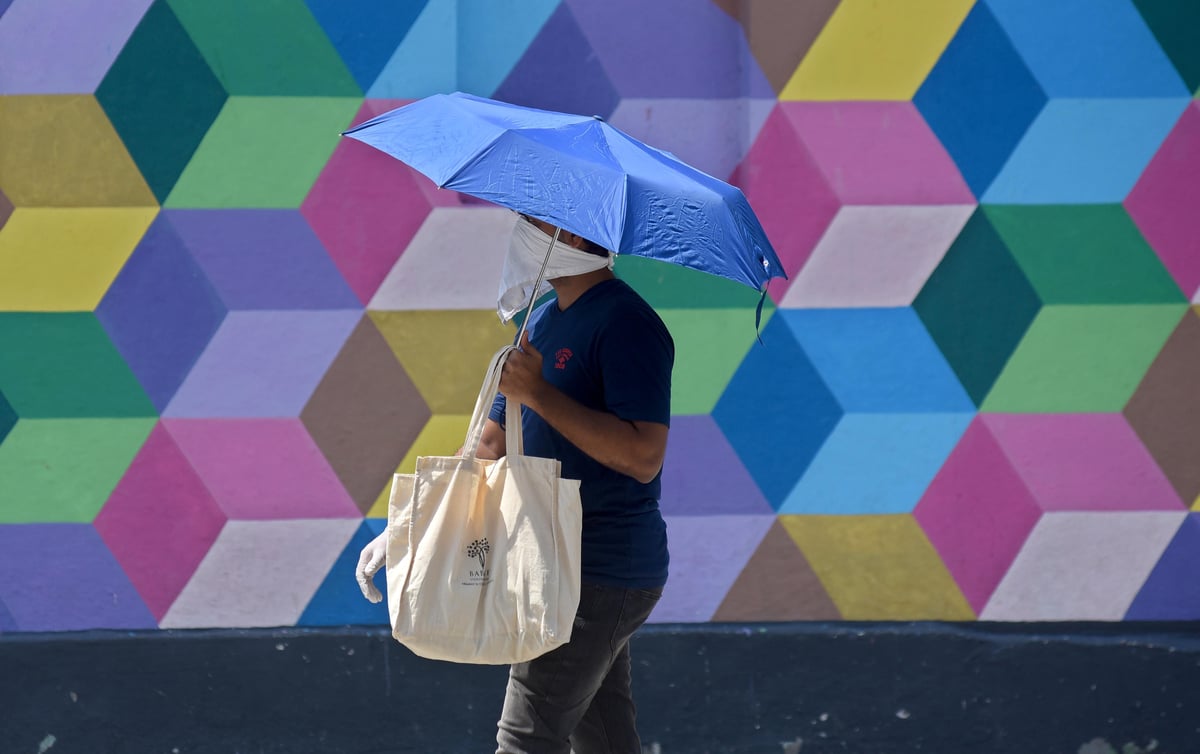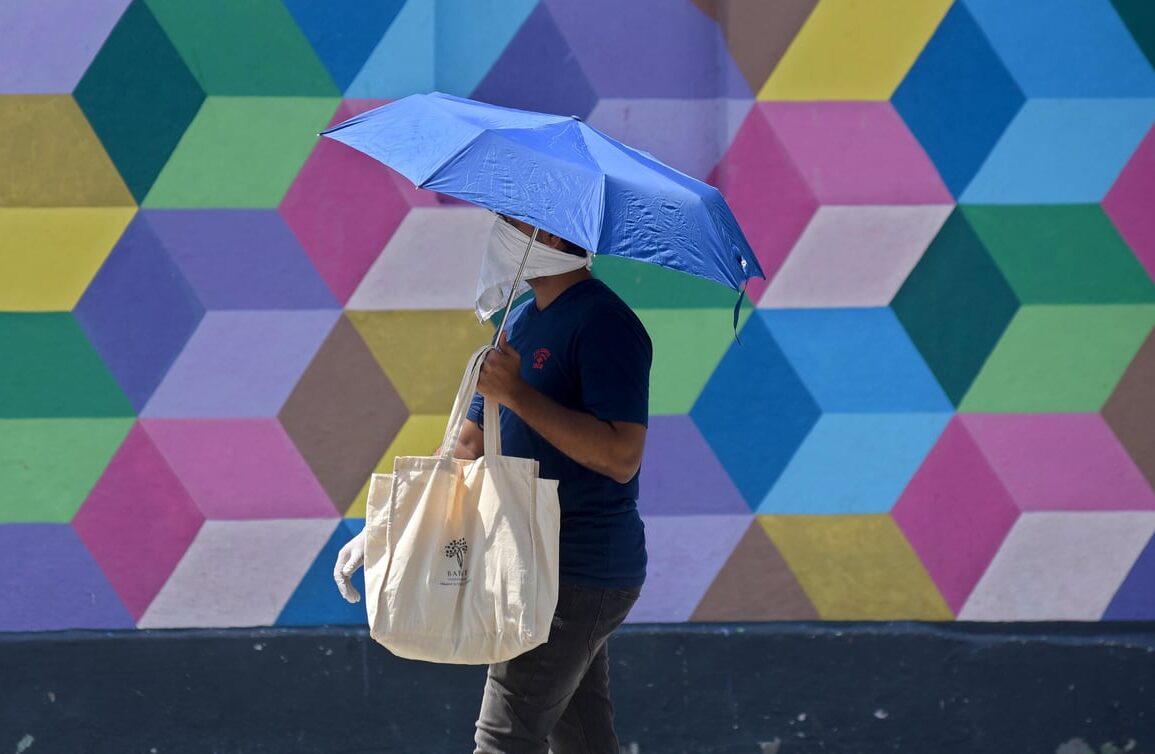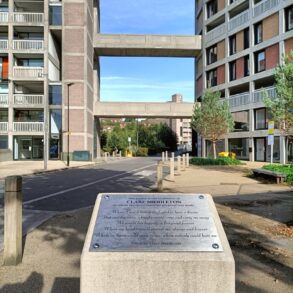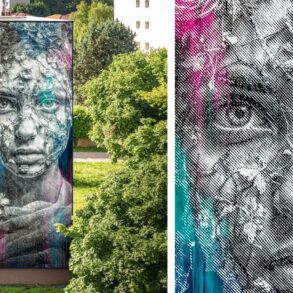
Art has the power to foster cultural change and initiate dialogue transcending all boundaries. In the public sphere, be it murals or sculptures, it has always existed in ancient and traditional art and architectural marvels such as temple walls or caves of Ajanta and Ellora. In the contemporary era, public art has taken new shape in forms of experimental art through street art, graffiti and public installations among many others.
A public space is a collective representation of the identity of a city and its culture through the lens of aesthetics. With globalisation and urbanisation on the rise and cities being recognised through their unique characteristics, it is essential to relook at the role of public art in transforming spaces into vibrant hubs of creativity shaping their distinctiveness.
While contemporary art in the private sphere is largely limited to a niche audience, public art breaks the white cube barrier and aids in a sense of community building as it provides access to a larger public, mainly forming the community. Not only does it spark conversation and dialogue through creative expressions, it also becomes a symbol of a community space that is defined by site-specific art installations or murals.
Institutions such as foundations, museums, government bodies, private companies have played a huge role in supporting public art initiatives in the country. St+art India, a not-for-profit organisation, has created iconic landmarks through their unique public art projects across the metro cities and have also organised multiple art festivals in the country.
This post was originally published on this site be sure to check out more of their content.









